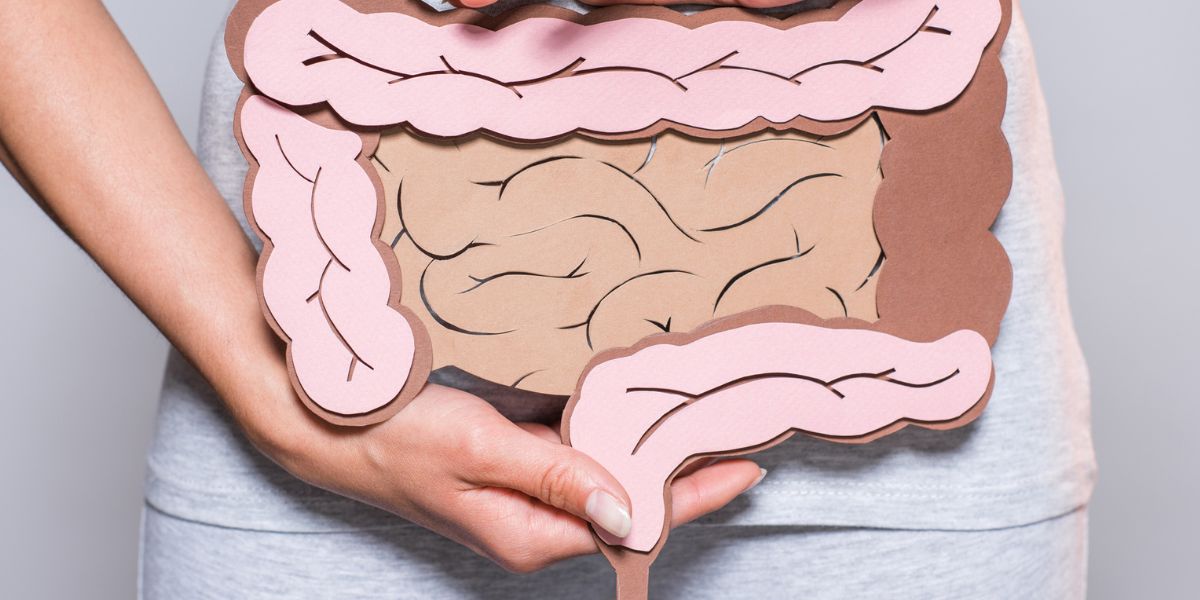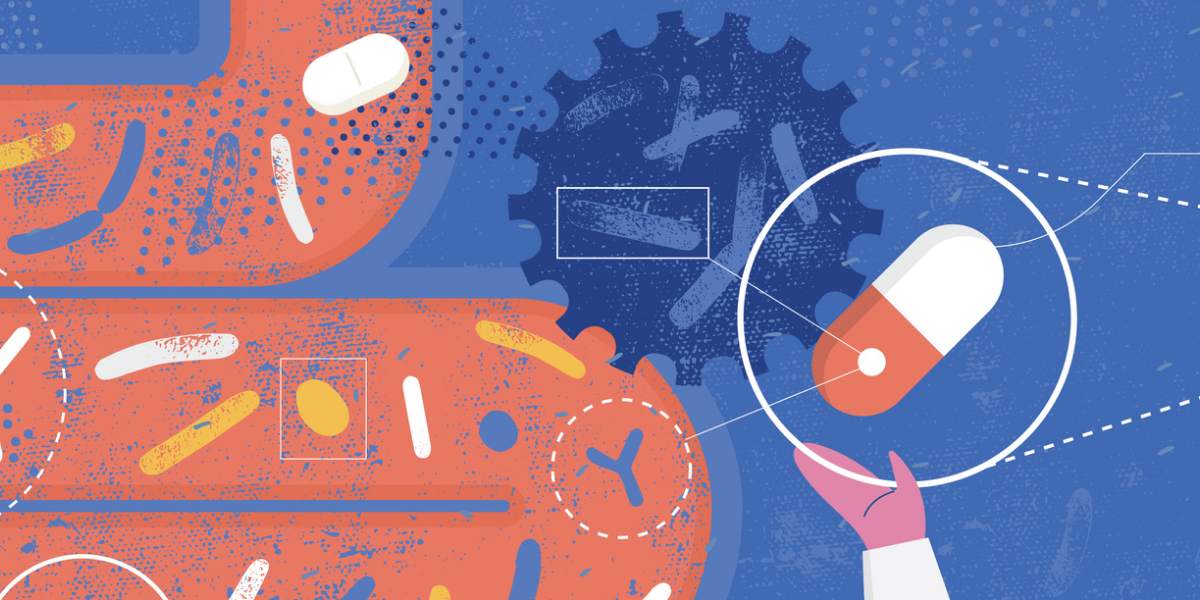Our digestive system provides us with one of the essential functions of life, Nutrition, which helps to provide us with energy and provides our body with building blocks to create new body cells from.
The digestive system is essentially a tube which extends from the mouth to the rectum.
Components of the digestive system
Food passes through the digestive system in the following order:
- Mouth
- Esophagus
- Stomach
- The small intestine
- Colon (large intestine)
- Rectum
Through this process a number of enzymes act on the food we eat (inc liver, pancreas, gall bladder).
The mouth and esophagus
In the mouth, saliva acts to start to break down carbohydrates thanks to an enzyme called amylase. The esophagus is a tube, controlled by muscles and autonomic nerves , that helps food to travel from the mouth to the stomach.
The stomach
The stomach coats the food with a mixture of acid and digestive enzymes to help break the food down further. A layer of mucous protects the stomach lining from being damaged by the acid.
The bottom of the stomach is able to contract, which helps to speed up the process. When the food is broken down sufficiently the stomach releases its contents into the duodenum.
The small intestine
The small intestine is categorised in three parts; the duodenum being the first, the jejunum second and the ileum the final part.
When food enters the duodenum, the pancreas releases enzymes to help break down fat , protein and carbohydrate The gall bladder releases bile, which has been produced by the liver, to help further break fats down into a form that can be absorbed by the intestines.
The small intestine is lined with finger-like projections, called villi, which provide a very large surface area facilitating the absorption of nutrients, including carbohydrates, proteins and fats, into the bloodstream.
The small intestine also plays a key role in regulating blood glucose levels The small intestine contains a number of receptive cells which detect the presence of macronutrients and secrete hormones which instructs the pancreas on how much insulin and glucagon to release.
The colon (large intestine)
The final stage of the digestive system is the colon (large intestine) which absorbs water and salts before the remains are passed out of the rectum as faeces. The colon can also help to absorb remaining carbohydrate and some fats.




